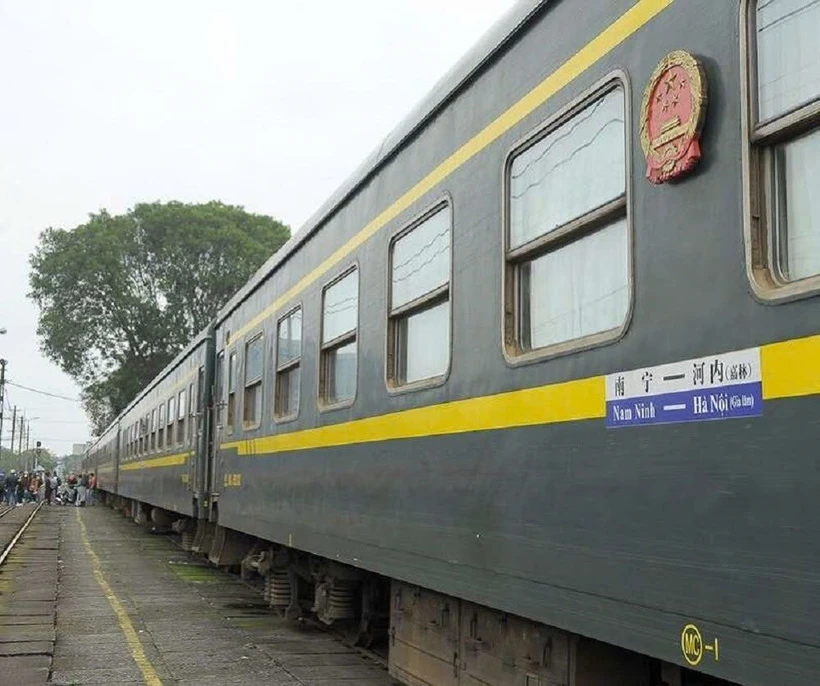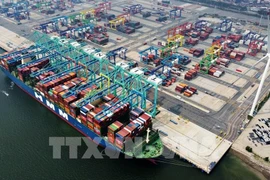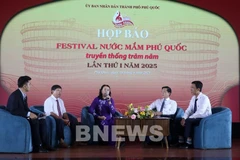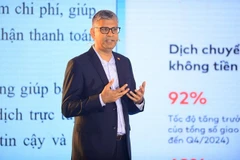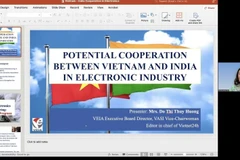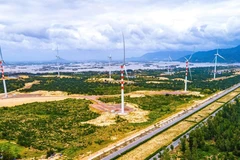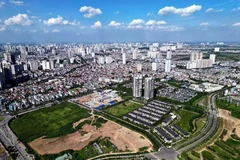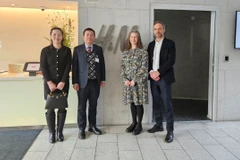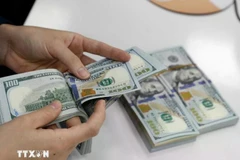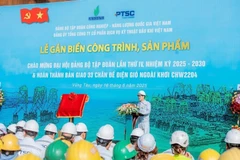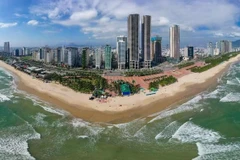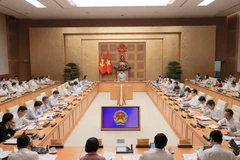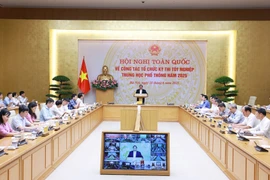Hanoi (VNA) – The Vietnam - China cross-border passenger train service will resume from May 25 after five years of suspension due to the COVID-19 pandemic.
There will be two trains - MR1 and MR2 - departing from Hanoi’s Gia Lam station to China’s Nanning station and vice versa daily.
Specifically, train MR1 will depart from Gia Lam station at 9:20 pm and arrive at Nanning station at 10:06 am the next day. In the opposite direction, train MR2 will depart from Nanning station at 6:05 pm and arrive at Gia Lam station at 5:30 am the next day.
Passengers will complete immigration procedures at Dong Dang - Lang Son station (Vietnam) and Pingxiang - Guangxi (China).
In particular, from May 27, the railway industry of the two countries will operate direct trains from Gia Lam Station (Hanoi) to Beijing Station (China) and vice versa.
A one-way ticket for the Hanoi - Nanning route is about 1 million VND (38.5 USD), the Hanoi - Beijing route about 9.37 million VND. Free tickets are available for children under 4 years old, and 50% off for those from 4 to 12 years old. Each adult is allowed to bring one child, groups of six or more people are 25% off tickets.
Currently, the Vietnam Railways Corporation sells tickets for the cross-border routes at Hanoi, Gia Lam, Bac Giang, and Dong Dang stations. The operation of cross-border passenger trains between Vietnam and China is carried out based on the Vietnam-China Border Railway Agreement signed in 1992. Before the COVID-19 pandemic, the Hanoi-Nanning trains ran daily./.

Vietnam, China launch new cross-border tourism route
Cao Bang province is blessed with breathtaking natural landscapes that captivate visitors. Particularly, the Non Nuoc Cao Bang UNESCO Global Geopark is recognised for its unique geological, geomorphological, and historical values, as well as its rich cultural identity.
